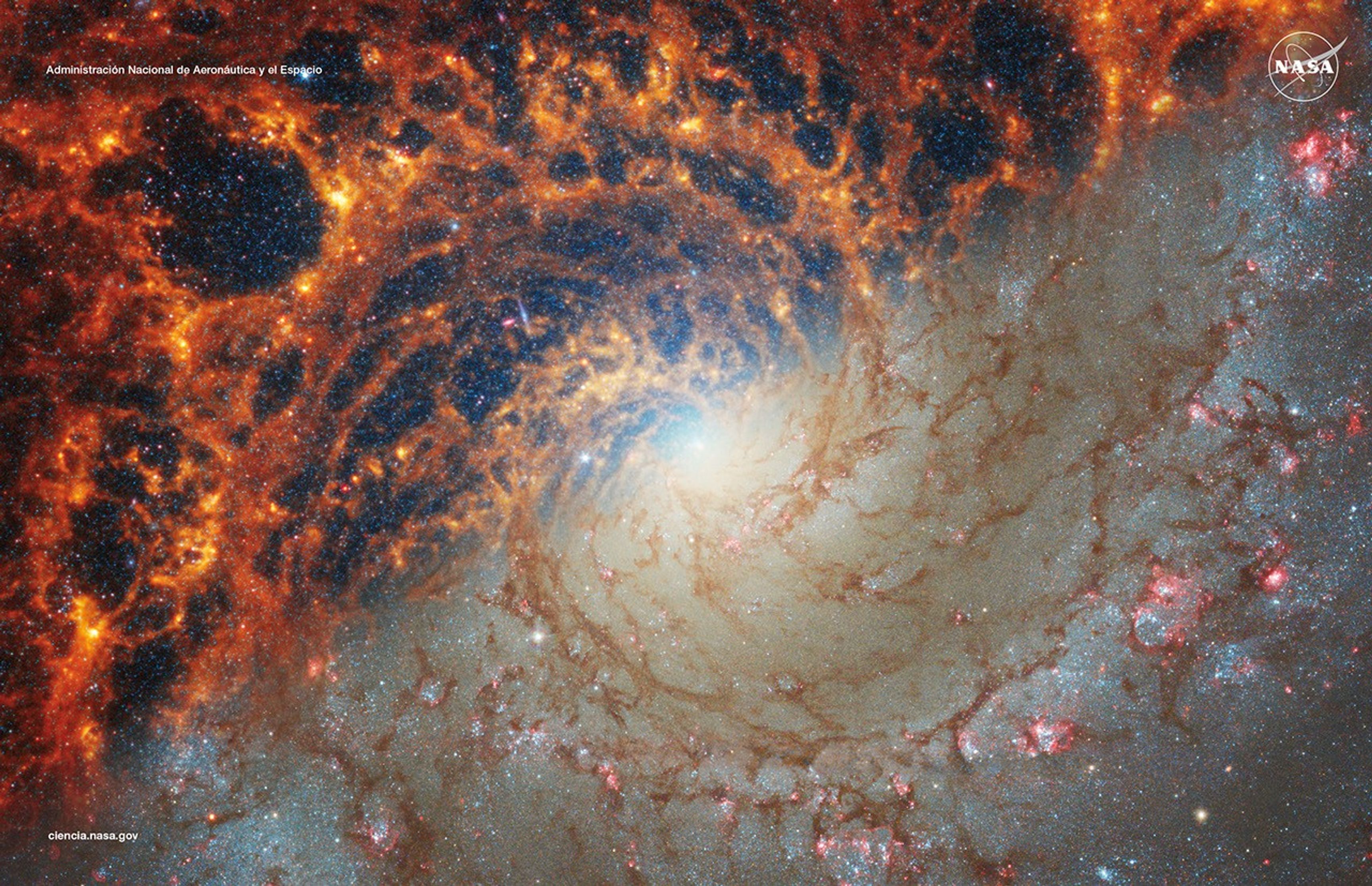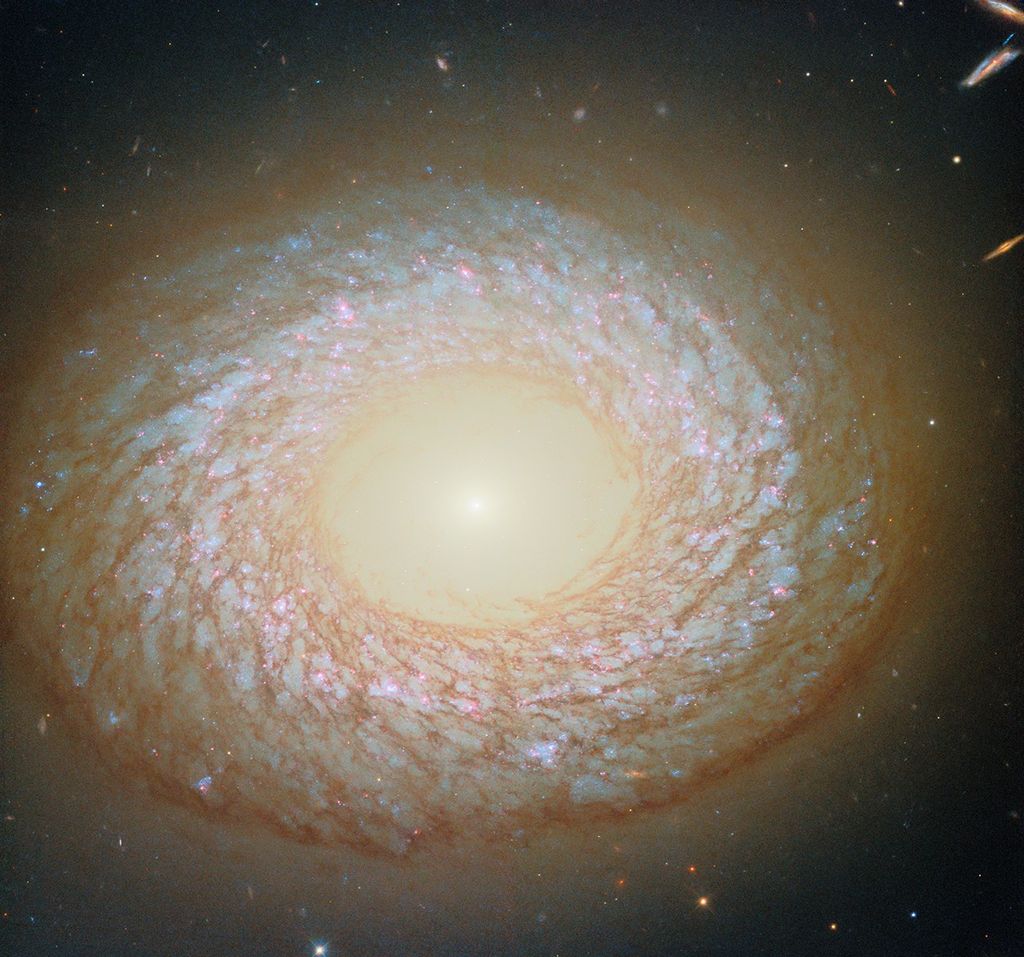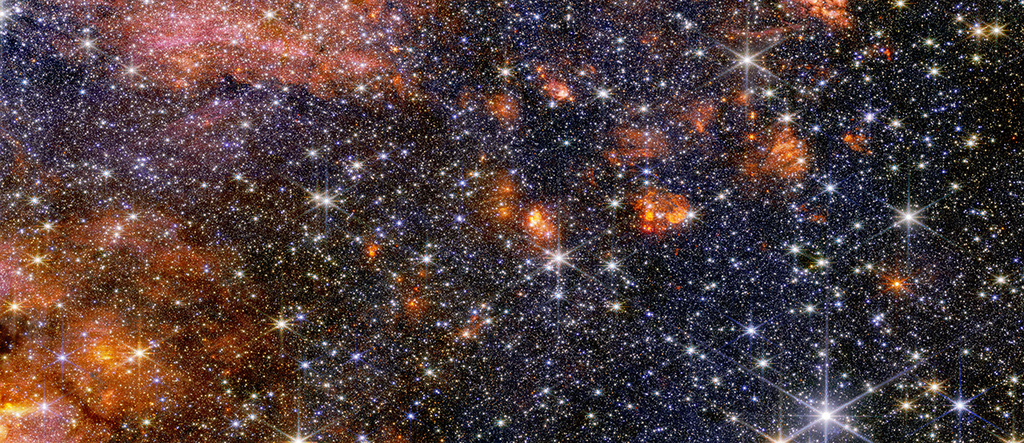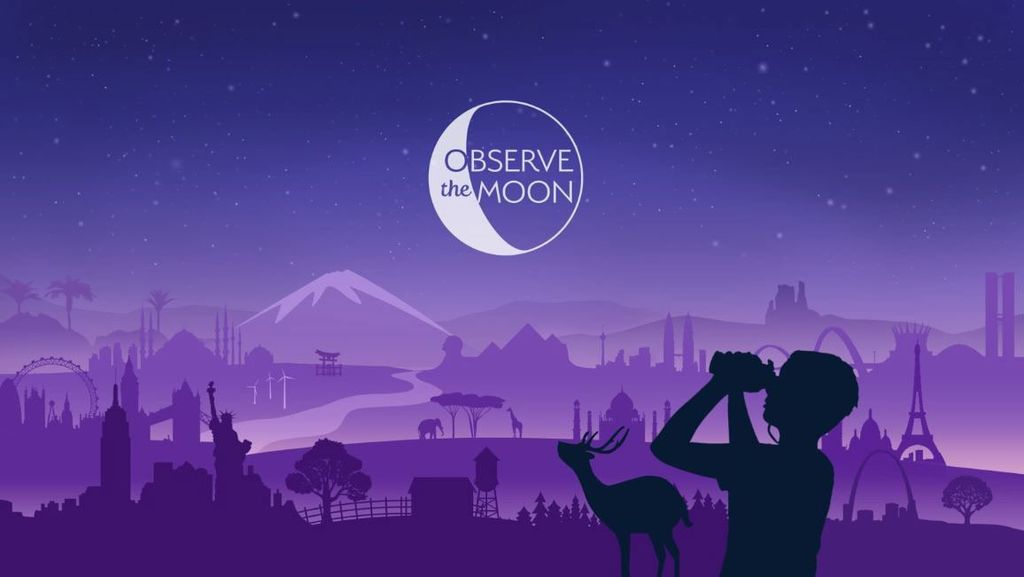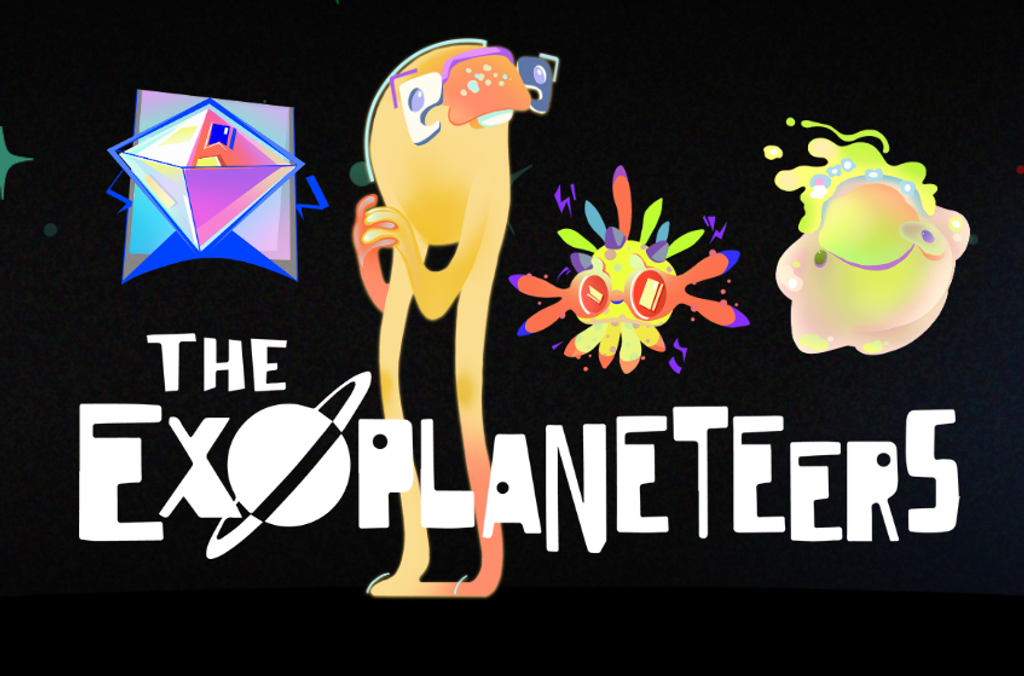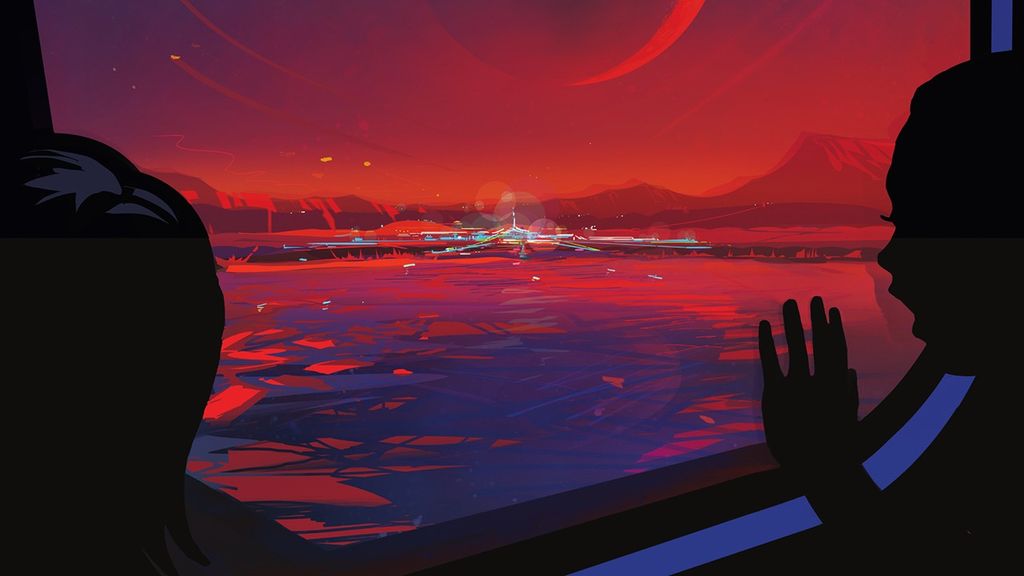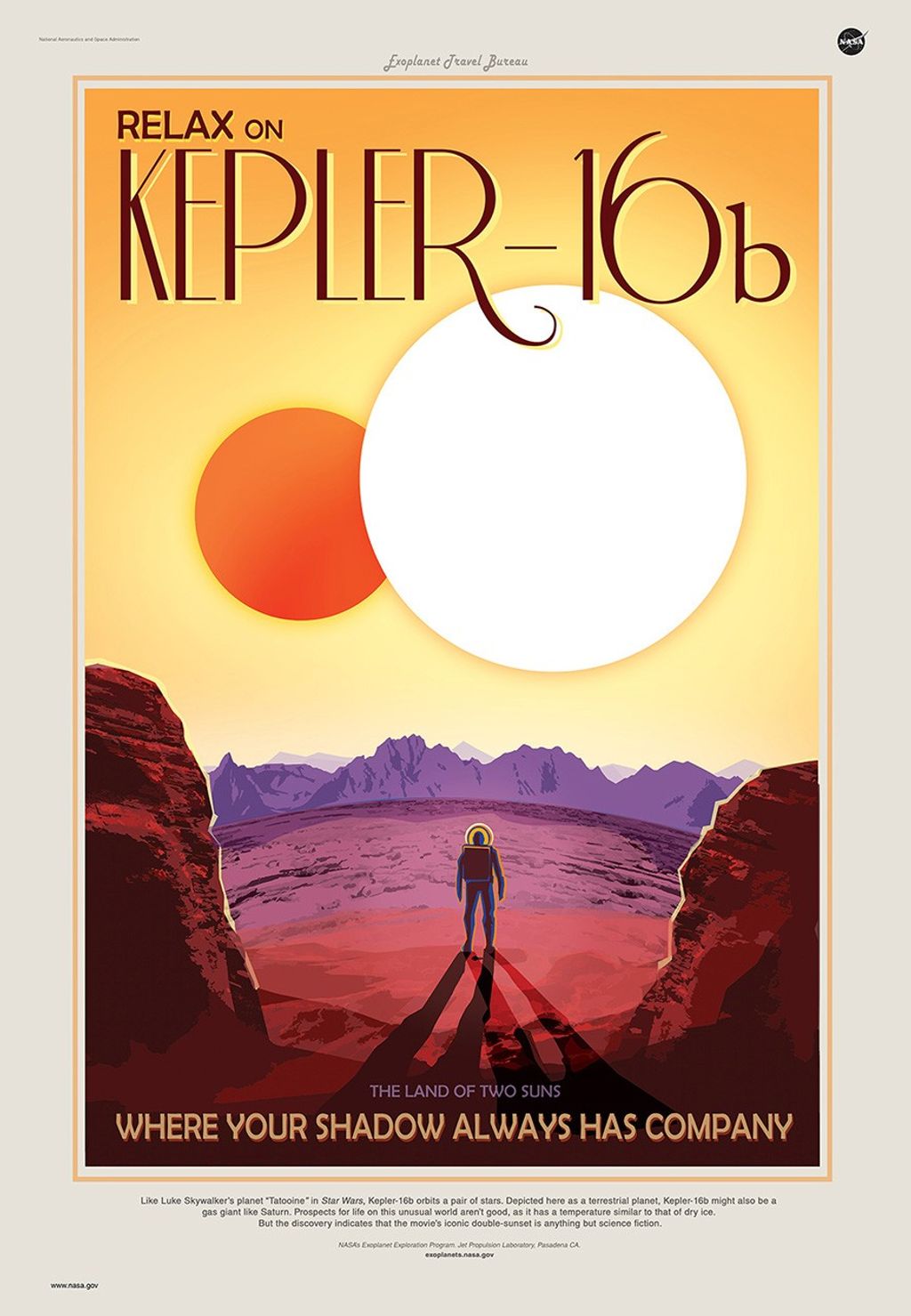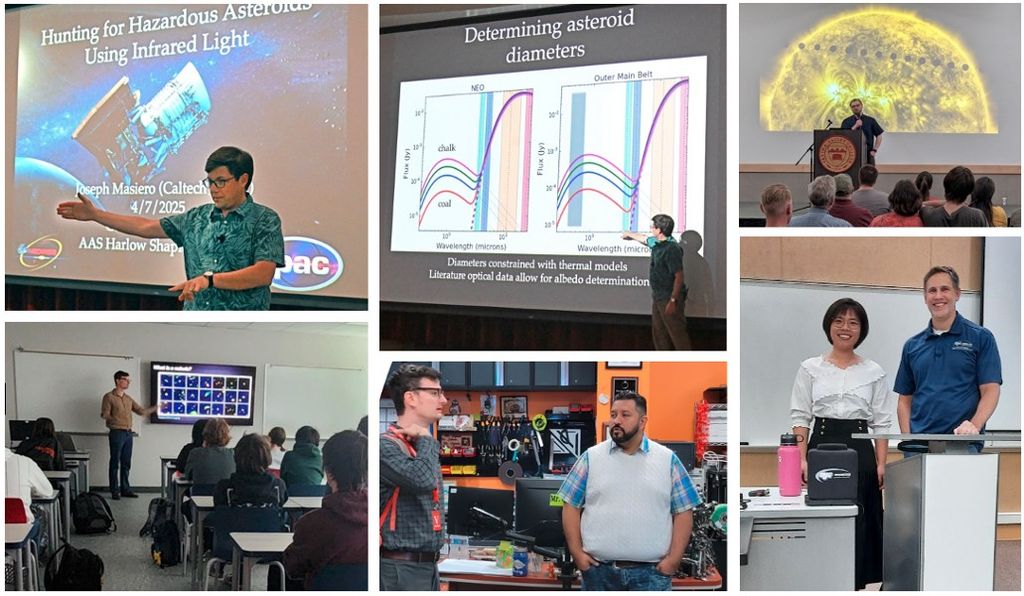Science Analysis Group
Multi-Messenger Astrophysics
Completed
The Multi-Messenger Astrophysics Science Analysis Group analyzed the potential scientific benefits of multi-messenger observations made possible by NASA observatories in the 2020 decade and beyond, working in conjunction with each other or with other ground and space-based instruments. MMA SAG was completed and final report delivered in 2020.
About MMA SAG
Combining Electromagnetic Radiation, Gravitational Wave Radiation, and Particle Astrophysics
The power of multi-messenger astrophysics was demonstrated in 2017 through the observation of a binary neutron star merger, the first astrophysical event observed in both the gravitational wave and electromagnetic spectra.
Multi-messenger astrophysics will remain an important tool for astronomers in the future as we combine electromagnetic radiation, gravitational wave radiation, and particle astrophysics observations of cosmic events. NASA's space observatories in the 2020 decade and beyond have an important role to play, including those that continue to operate in the 2020s, such as Hubble, Chandra, Swift, Fermi; those planned, including JWST, WFIRST, Athena, LISA, Explorers; and those considered by the 2020 astrophysics decadal committee.
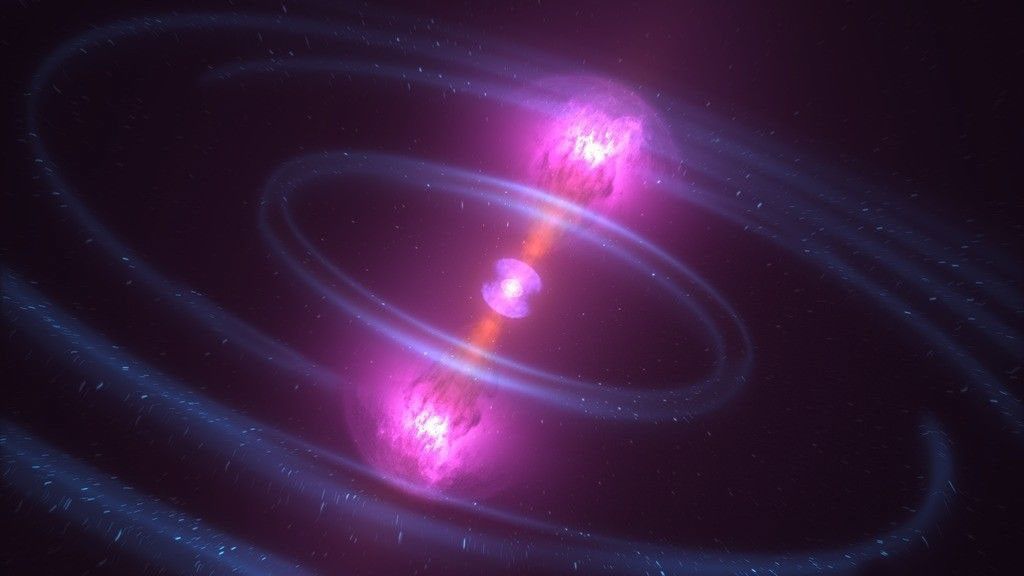
The Multi-Messenger Astrophysics Science Analysis Group analyzed the potential scientific benefits of multi-messenger observations made possible by NASA observatories in the 2020 decade and beyond, working in conjunction with each other or with other ground and space-based instruments.
MMA SAG Chairs
| Name | Institution |
|---|---|
| John Conklin | University of Florida |
| John Tomsick | University of California, Berkeley |
| Suvi Gezari | University of Maryland |
MMA SAG Team Organization
| AGN, SMBH Binaries, EMRIs | Sarah Burke-Spolaor, co-lead | Bindu Rani, co-lead |
| NS+NS, NS+BH, WD-WD Binaries, GRBs | Eric Burns, co-lead | Colleen Wilson-Hodge, co-lead |
| Stellar Mass BH-BH Binaries | Peter Shawhan, co-lead | Saavik Ford, co-lead |
| FRBs, SNe Ia, SN Remnants | Geoff Clayton, lead |
MMA SAG Events
Friday, 8 June 2018
Kick-Off Telecon
| Time | Topic |
|---|---|
| 12:00 Noon | Introduction and SAG Goals |
| Brief Introduction of Co-Chairs | |
| Proposed organizational structure A. Teams organized by MMA source with representation from each of the relevant messengers B. One lead per team (volunteers needed!) | |
| Proposed Interaction Plan A. Monthly - Full MMA SAG Telecons B. Weekly - Source Team Telecons | |
| Open Discussion |
MMA SAG Events
Meetings, Seminars, Conferences, Workshops, and other events
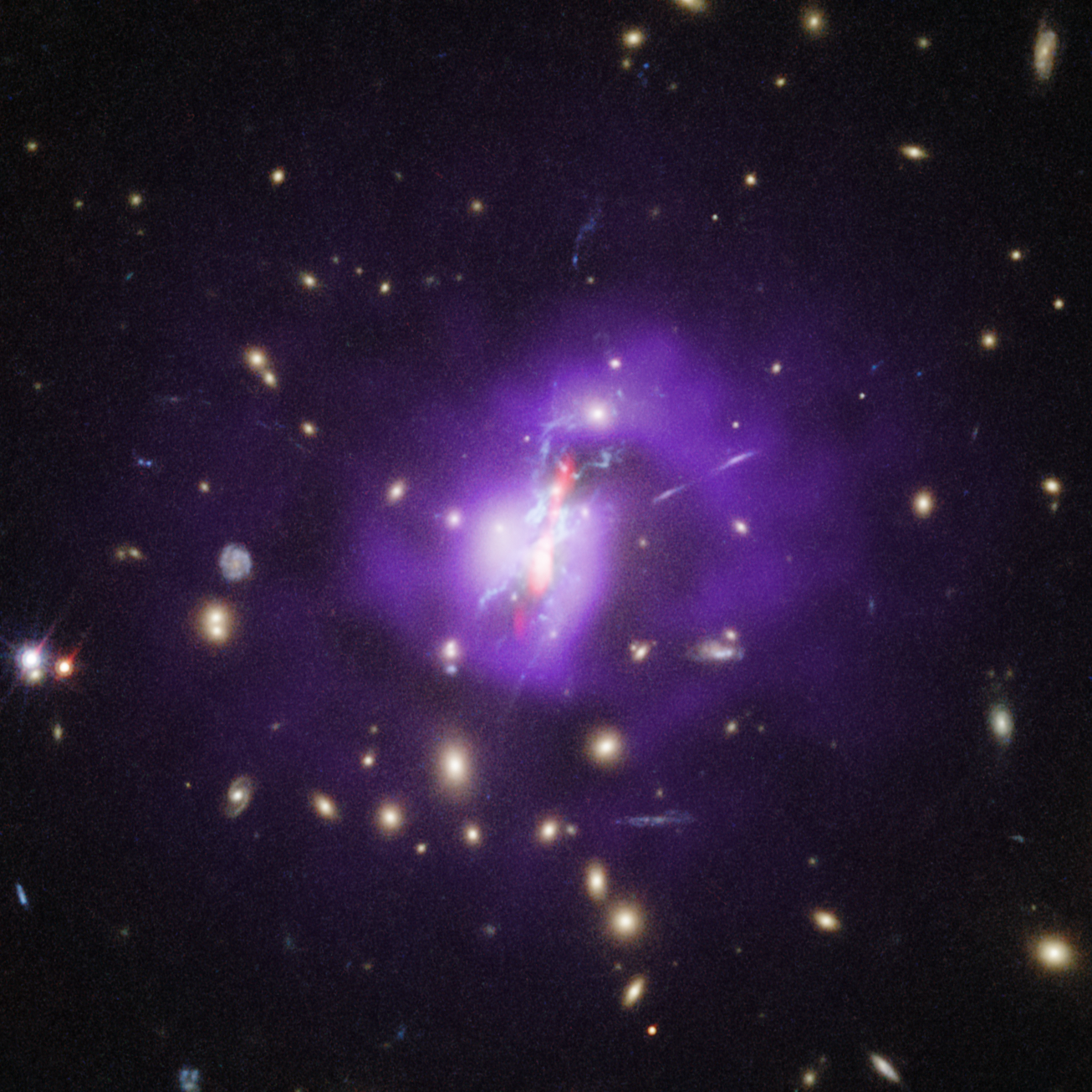
Decadal Survey White Paper Projects
News Straight to Your Inbox
Subscribe to your community email news list
We will never share your email address.
